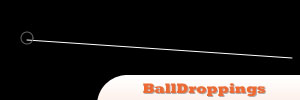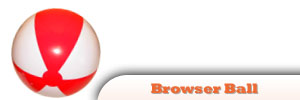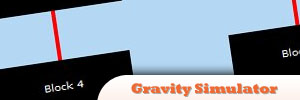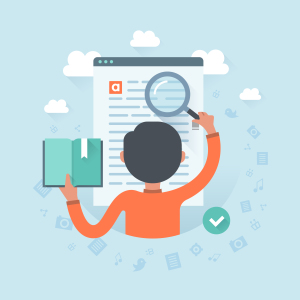1. BallDroppings
This is an addicting and noisy jQuery toy, have a try!

Source
2. BoingPic
Upload an image and split it into pieces!

Source
3. BrowserBall
Allows you to throw a ball across several windows.

Source
4. Clock
Make the CSS3’s rotate property useful by combining it with jQuery to have a really cool old school clock.

Source
5. jQuery Gestures
This plugin is an example that will show an image gallery that works on the gestures that you make with your mouse.

Source
6. jQuery Gravity Simulator
Cut a string and see the blocks fall down, bouncing up and down until they stop with the help of jQuery easing method.

Source
7. jParallax
Have a great parallax effect and hype up your website using this plugin.

Source
8. 3d Monster
See how great and powerful jQuery is by using this function 3d engine.

9. BrowserTalk
Manipulate the window of your webbrowser and enable your microphone and grant access to the app.

10. DragCaptcha
Drag a specified icon on a certain spot to determine if the visitor is a human.

Source
Frequently Asked Questions about jQuery Plugins
What are jQuery plugins and why are they useful?
jQuery plugins are pieces of code that are developed to extend the functionality of jQuery, a fast, small, and feature-rich JavaScript library. These plugins are designed to simplify tasks such as HTML document traversal, animation, event handling, and Ajax interactions for rapid web development. They are useful because they can save developers a significant amount of time by providing pre-written, tested, and optimized code that performs common tasks.
How do I install a jQuery plugin?
Installing a jQuery plugin is a straightforward process. First, you need to download the plugin file, which is usually a .js file. Then, you need to include this file in your HTML document using the script tag, after including the main jQuery library. The plugin is then ready to be used in your JavaScript code.
How can I create my own jQuery plugin?
Creating your own jQuery plugin involves writing a JavaScript function and adding it to jQuery’s prototype object. This function then becomes a method that can be called on a jQuery object. The function should be written in such a way that it can handle a collection of elements, as jQuery methods are expected to do.
What are some examples of tasks that jQuery plugins can simplify?
jQuery plugins can simplify a wide range of tasks. For example, there are plugins for creating sliders and carousels, for handling form validation, for creating modal windows, for handling Ajax requests, for creating tooltips, for animating elements, and much more. The possibilities are virtually endless.
Are there any potential issues or pitfalls I should be aware of when using jQuery plugins?
While jQuery plugins can be incredibly useful, there are a few potential issues to be aware of. One is that not all plugins are maintained and updated regularly, which can lead to compatibility issues with newer versions of jQuery or other technologies. Another is that poorly written plugins can cause performance issues or conflicts with other plugins or scripts.
How can I troubleshoot issues with a jQuery plugin?
Troubleshooting issues with a jQuery plugin can involve several steps. First, check the console in your browser’s developer tools for any error messages. These can often provide clues about what’s going wrong. Also, make sure you’re using the latest version of both jQuery and the plugin, as this can often resolve issues.
Can I use multiple jQuery plugins on the same page?
Yes, you can use multiple jQuery plugins on the same page. However, be aware that each plugin you add increases the complexity of your page and can potentially impact performance. Also, be aware of potential conflicts between plugins, and test thoroughly to ensure everything works as expected.
How can I optimize the performance of my page when using jQuery plugins?
There are several strategies for optimizing performance when using jQuery plugins. One is to only use plugins that you really need, and to remove any that are not being used. Another is to combine and minify your JavaScript files, including plugin files, to reduce the number and size of HTTP requests. Also, consider using a content delivery network (CDN) to serve your jQuery and plugin files, as this can significantly improve load times.
Are there alternatives to jQuery plugins for extending the functionality of jQuery?
Yes, there are alternatives to jQuery plugins for extending the functionality of jQuery. One such alternative is to write your own custom JavaScript code. This can be a good option if you have specific needs that are not met by existing plugins, or if you want to avoid the potential issues associated with using plugins.
Where can I find more jQuery plugins to use in my projects?
There are many online resources where you can find jQuery plugins. Some popular ones include the official jQuery Plugin Registry, GitHub, and various web development blogs and forums. Always remember to check the documentation and any available demos to ensure the plugin will meet your needs before downloading and installing it.
Sam Deering has 15+ years of programming and website development experience. He was a website consultant at Console, ABC News, Flight Centre, Sapient Nitro, and the QLD Government and runs a tech blog with over 1 million views per month. Currently, Sam is the Founder of Crypto News, Australia.




